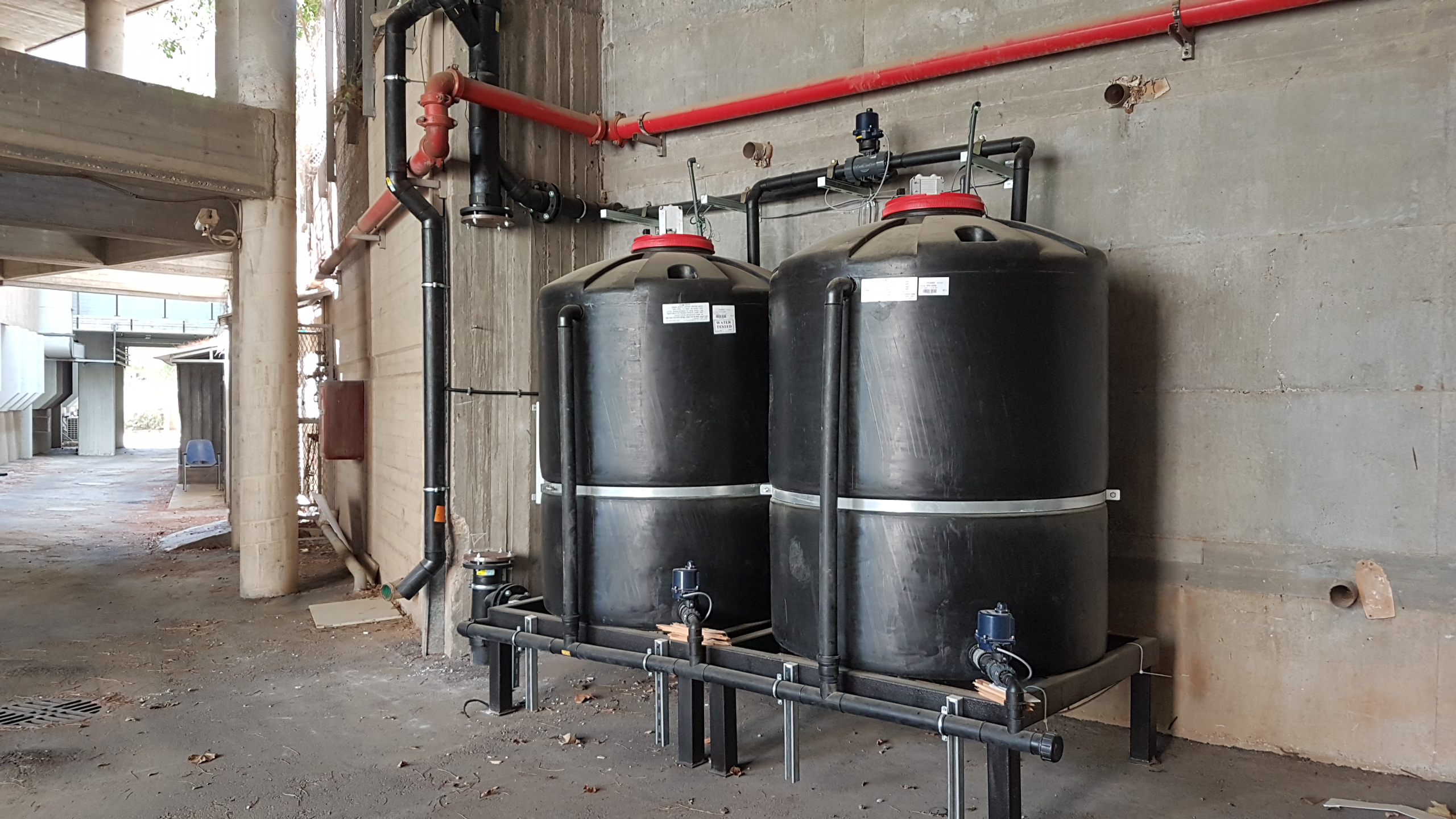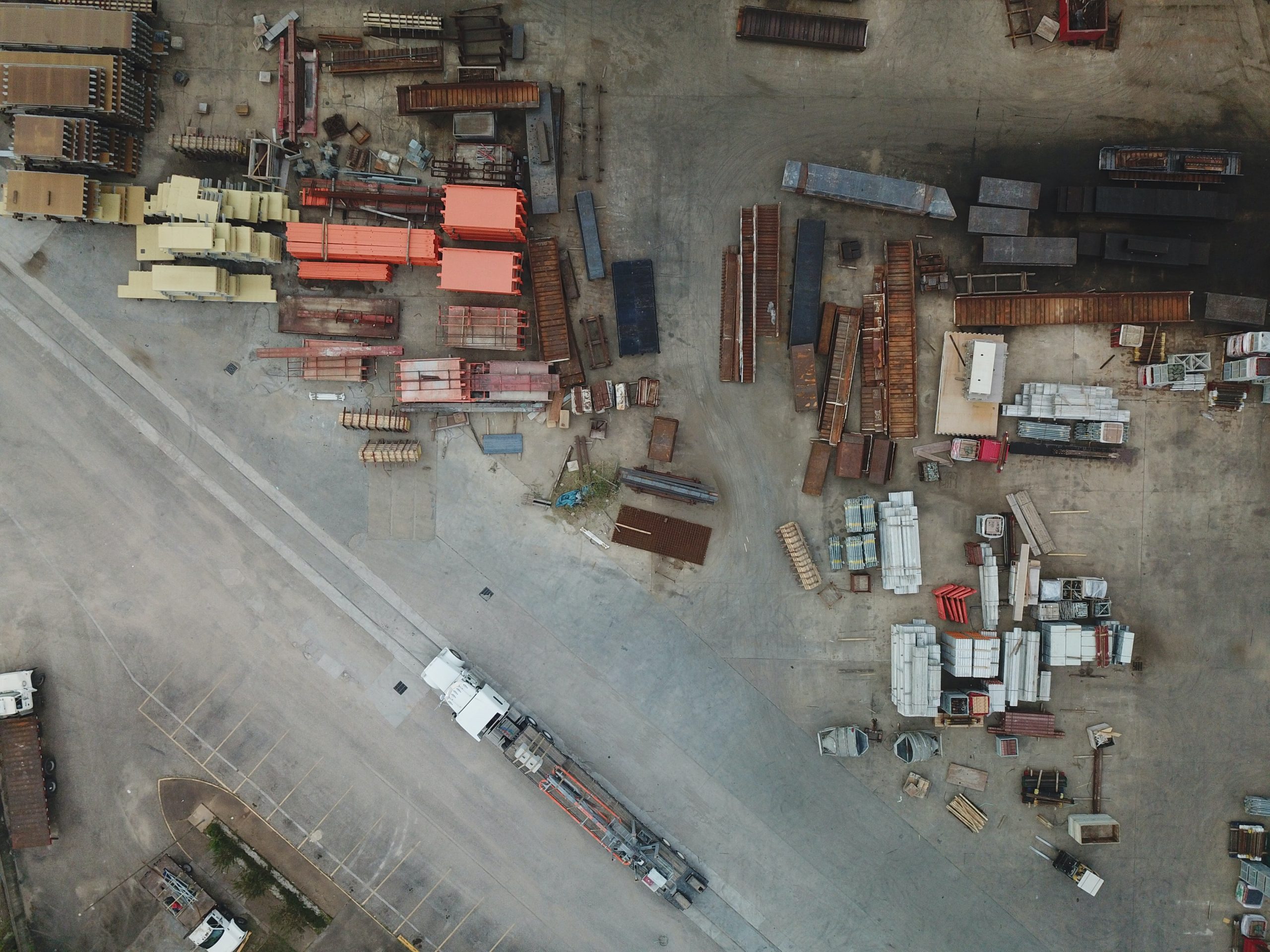Advancing science one gust at a time
December 17, 2018New facility serves as a platform for conducting a variety of environmental experiments, without ever leaving the laboratory
It can affect planes in flight and ships at sea, accelerate the spread of wildfires, cause road closures and even lead to loss of lives. It’s the wind, and while we may not always pay attention to it, it can determine our fate at a moment’s notice.
The wind is a seemingly simple thing – a motion of air “particles” flowing in a certain direction – but it is influenced by several environmental conditions that make it unpredictably difficult to foresee it or its outcome. This is what led a team of researchers at the Israel Institute for Biological Research in Ness Ziona in 2015 to develop the first and only environmental wind tunnel in Israel capable of mimicking the wind flow in the lower atmosphere. This is where experiments involving the effect the wind has on varying aspects of our lives are carried out.
Advancing science one gust of wind at a time
“The environmental wind tunnel is a sort of ‘atmospheric lab’ that allows us to mimic meteorological conditions and extreme weather situations that exist in nature,” explains Dr. Yardena Bohbot-Raviv, head of the Environmental Wind Tunnel Laboratory. “The tunnel in effect allows us to mimic and control wind characteristics, but not only that – it also lets us recreate the exact same conditions again and again, which allows us to perform a myriad of experiments under controlled conditions. This enables us to achieve statistical results that are much more precise than would be obtained in a field experiment where weather conditions are constantly changing.”

Wind tunnels are used as tools for performing a wide range of experiments meant to examine the effect the wind has in various situations. For instance, wind tunnels serve as tools for studying the dispersion of various air pollutants, such as gas emissions from smokestacks and cars; for assessing risk of emissions of dangerous substances in public spaces; for examining the effect of natural phenomena such as snow or erosion; and they can also assist in educated urban planning.
The tunnel constructed at the Israel Institute for Biological Research spans three floors in a designated building, which makes it the largest wind tunnel in Israel. The tunnel itself occupies one level of the building and consists of a metal “sleeve” 14 meters long, through which the wind is powered according to the strength, humidity, and temperature desired in each experiment. However, this just serves as the “stage” of this complicated device. Behind the scenes is a huge S-shaped system totaling 32 meters in length, spanning the remaining floors of the building, where the wind is generated according to desired specifications.
The end of the tunnel leads to a large cell in which the researchers perform various tests and experiments using unique equipment and technology, most of which does not exist in any other tunnels in Israel. According to Raviv, “There are just a handful of tunnels worldwide with similar capabilities. There is a similar wind tunnel at Hamburg University considered to be among the largest of its kind in the world. We relied on help from their experts at various stages of building and construction, and we continue to collaborate with them on various experiments and refer to them for professional advice.”
Immediate implications on air pollution reduction
Wind tunnels are not a novel thing; they been around since the 1970s. A wide range of wind tunnels can be found around the world, each designed and equipped according to their intended purposes. They differ from each other mainly by size and the wind power that blows through them.
“In the ’70s, this was an exciting new technology and it became standard practice to test everything in a wind tunnel,” explains Raviv. “In the ’80s, as computers were becoming more widely used, there was a gradual shift to use of computerized models. However, as time went by, it became apparent that computerized models cannot take into account the constant fluctuation in environmental conditions. In field experiments, we are confined to real-time conditions that do indeed vary continuously. Therefore, wind tunnels are again becoming popular. As technology improves, we can use them to test more and more things, as well as use them to aid in improving and verifying computerized models. These three approaches to testing – field tests, computerized models and wind tunnels – complement each other in obtaining a forecast that would otherwise be difficult and often impossible to obtain.”
In the wind tunnel at the Israel Institute for Biological Research, they know for instance, how to test for the most effective way to lay out wind turbines. 3-D models that mimic the earth’s surface are placed in the experimental cell at the end of the tunnel, and small wind turbines through which wind is powered are then placed on these. By laying the turbines out in various configurations and under varying wind conditions, they can assess which configuration utilizes wind power most efficiently relative to the unique landscape on which the turbines will be deployed. In a country such as Israel, where the issue of setting up wind turbines has always been controversial, prior knowledge that can be obtained in the tunnel is of great value.
An experiment currently being carried out in the tunnel involves the dispersion of pollutants in an urban environment. Raviv explains, “Acceptable computerized models for the dispersion of pollutants in the atmosphere are insufficient in urban environments, because of the complexity of the wind flow around buildings and vegetation. An innovative study currently being conducted in the tunnel aims to improve the models for the dispersion of pollutants in populated urban environments. This project is taking place in collaboration with the Turbulence Structure Laboratory at Tel Aviv University, and its goal is to provide a realistic model of pollutant dispersion in the city that will have immediate implications on air pollution reduction in cities.”
In addition, a model is currently being developed in the wind tunnel at the Israel Institute for Biological Research, for assessing wind comfort around buildings, including tall buildings in Israeli cities. It is estimated that by the year 2030, 60% of the world’s population will be living in cities. This estimate bears implications on quality of life that demand prior preparation, especially in a densely populated country such as Israel. The model being developed in the tunnel is based on building a scaled-down urban landscape and incorporating meteorological data in order to detect extreme situations and examine engineering solutions for potential wind discomfort in urban planning. Prof. Shmuel Shapira, CEO of the Israel Institute for Biological Research states, “In terms of safety, environment and more, our assumption is that buildings with more than 10 floors as well as public buildings should get approval in the environmental wind tunnel.”

Epicenter of knowledge like no other
One of the qualities that cause the tunnel to stand out is its extreme flexibility, which allows a very wide range of experiments to be carried out. The tunnel is equipped with a number of varying advanced laser-based technologies for measuring wind. The laser sensor is located in the experimental cell and collects real-time data of the wind power at various points that are decided upon by the researchers carrying out the experiment. The data is transferred from the sensors to a computer and is then processed by the lab researchers.
“The system allows visualization of wind flow at a very high spatial resolution (about one millimeter),” explains Dr. Eyal Fatal, head of the mathematics department at the Israel Institute for Biological Research. “This is a passive measuring system that doesn’t interfere with wind flow and thus provides more reliable measurements.”
In parallel to these systems, researchers at the institute are also specializing in measuring concentrations of gases.
“This is a system that has been tailored to undergo experiments in the wind tunnel at the institute and serves as a tool for measuring gas emissions from pistons of motor vehicles,” explains Fatal. “There is no other device like it in Israel. Each system and device contributes unique data that, when taken together, allows us to construct a multidimensional image of wind flow and provides us with relatively specific answers to questions that we would otherwise have no means of obtaining answers to.”
The wind tunnel holds the potential for tremendous research growth, in theoretical science as well as in application in the field, both of which are seen by every industrialized country as stepping stones toward financial growth.
“Since this is currently the only tunnel of its kind in Israel with only a handful like it in the world, we advise universities, research institutions, and private companies to make use of the tunnel to perform experiments that meet their specific needs,” says Shapira.
“The idea is to test applications that cannot always be tested using standard field experiments and/or computerized models or to obtain more reliable results. Our goal is to use the tunnel in order to encourage several facets of environmental research, including safety and urban planning, as well as to provide a platform for the development of various new research fields in Israel and abroad.”
This ZAVIT article was also published in the Jerusalem Post on 12/9/2018.







